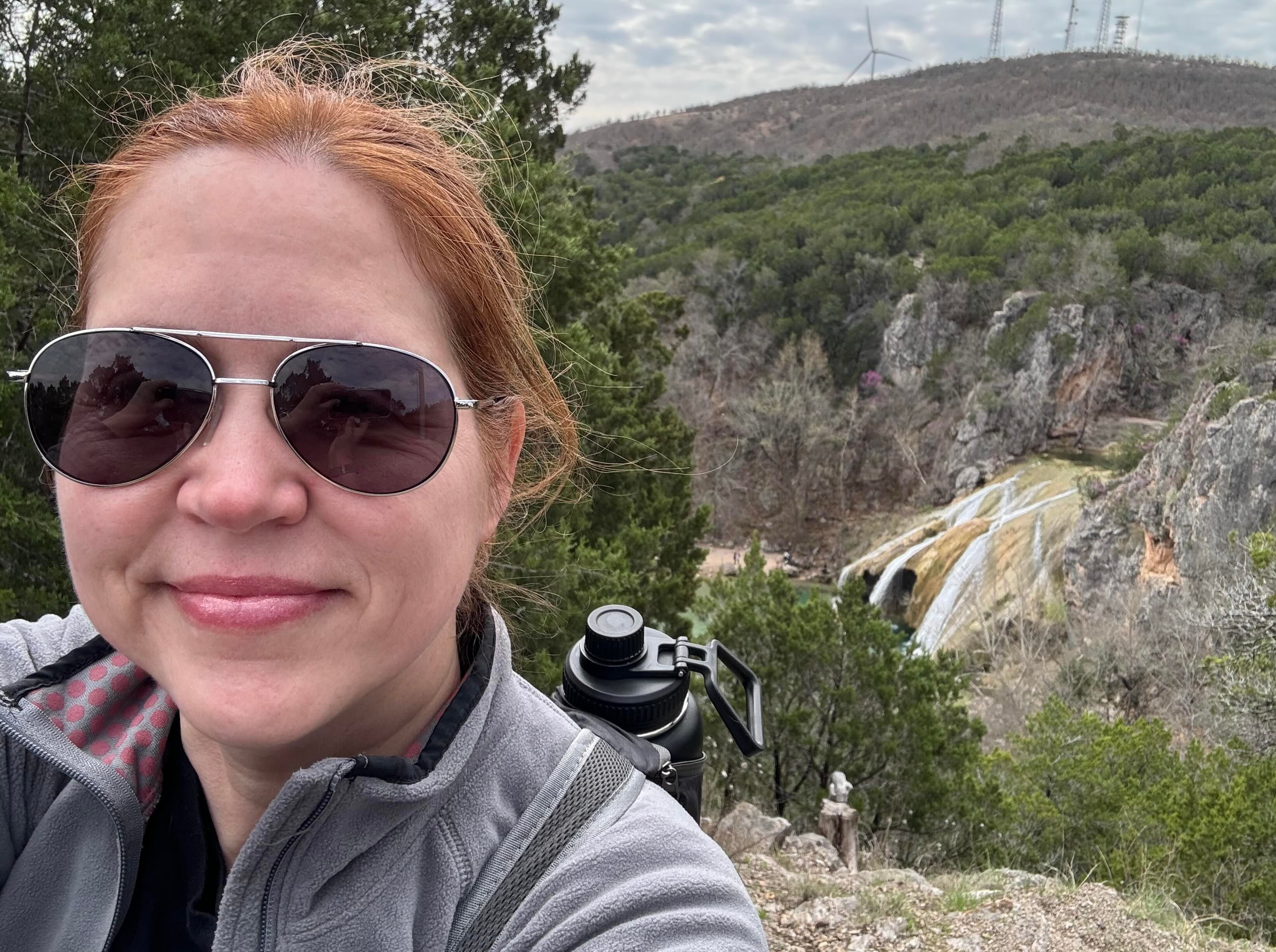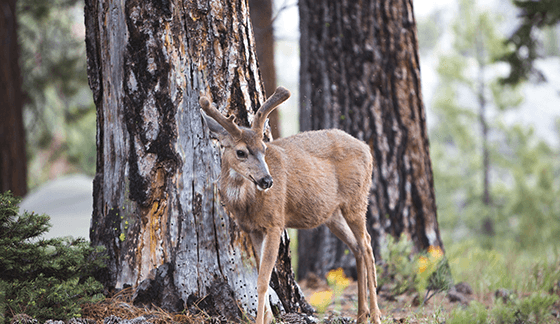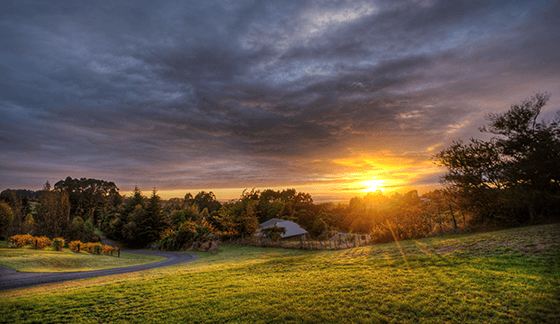Field Guide / Hunting Tips
10 Photography Tips for Hunting Influencers
Creating visually engaging images has always been the end goal of a photographer. With the rise of social media platforms, engaging user-created content is more important than ever.
Previous in Hunting Tips
More Content Like This
Whitetail Deer: How to Find and Hunt on Public Land
A successful whitetail deer hunt on public land requires many things, but resilience and knowledge play the most crucial role. Whitetail scouting on public land requires a tactical and focused skill set acquired by maneuvering a variety of changing v...Read More
Read More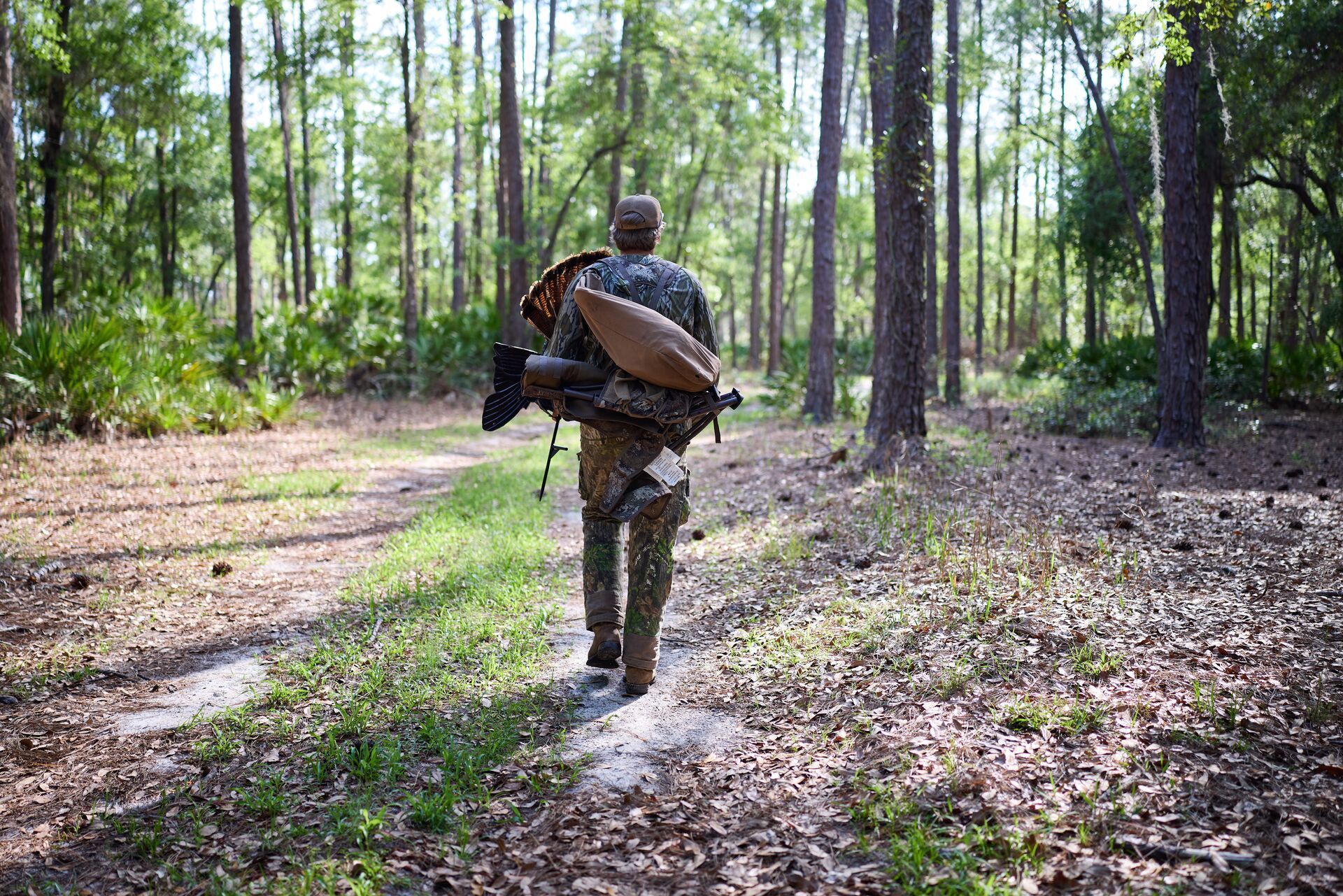
The Year-Round Hunter in May: How to Hunt Turkey in the Spring
May is still the thick of spring turkey season for many hunters (but that's not all you should be doing this month). Still, you may be asking how to hunt turkey in the spring — and specifically in May — as the season draws to a close. Read More
Read More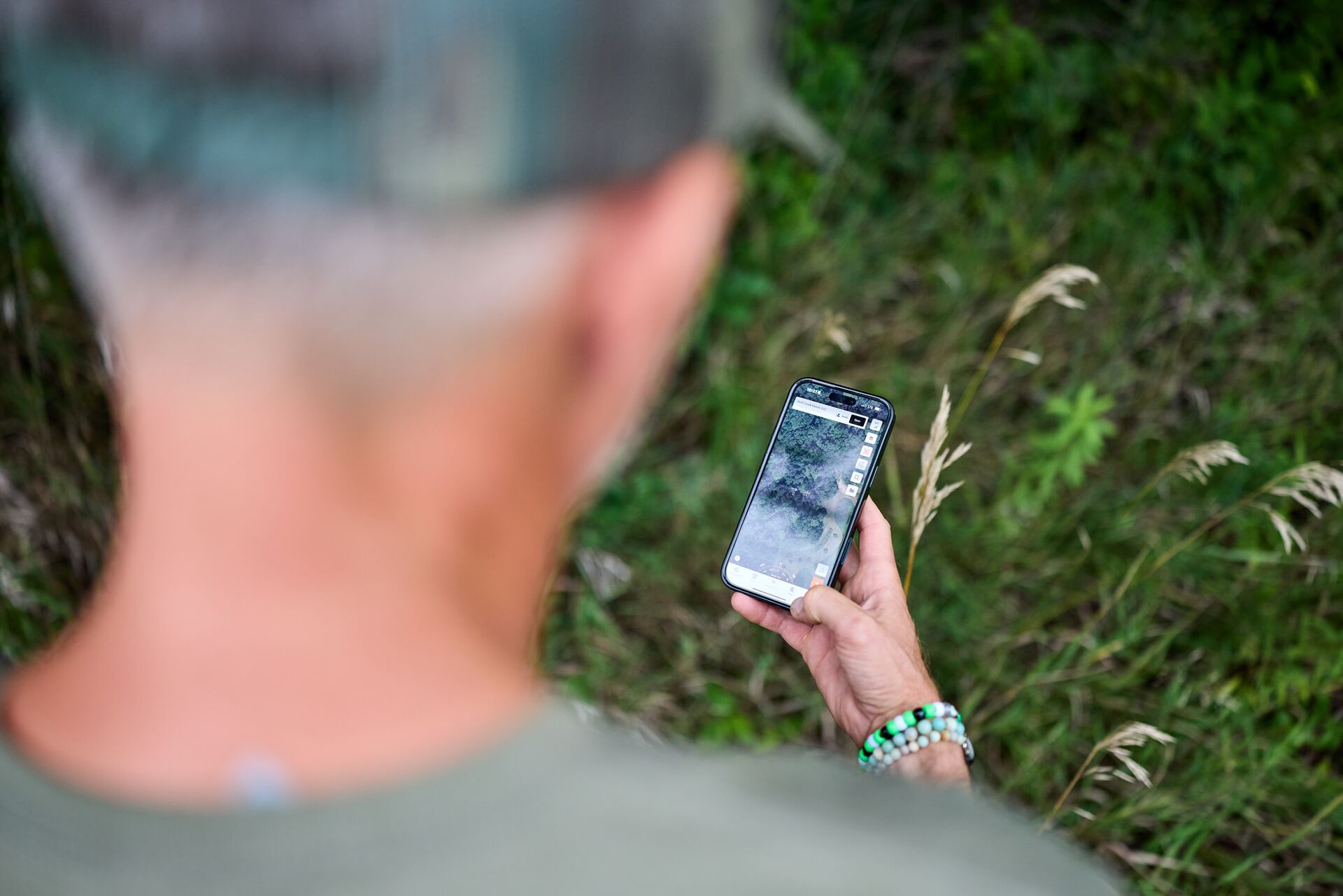
How to Use a Hunting Land App to Find Where to Hunt
Successful hunts are rarely the result of pure luck. More often than not, they are the payoff from hours spent preparing and planning long before opening day. Read More
Read More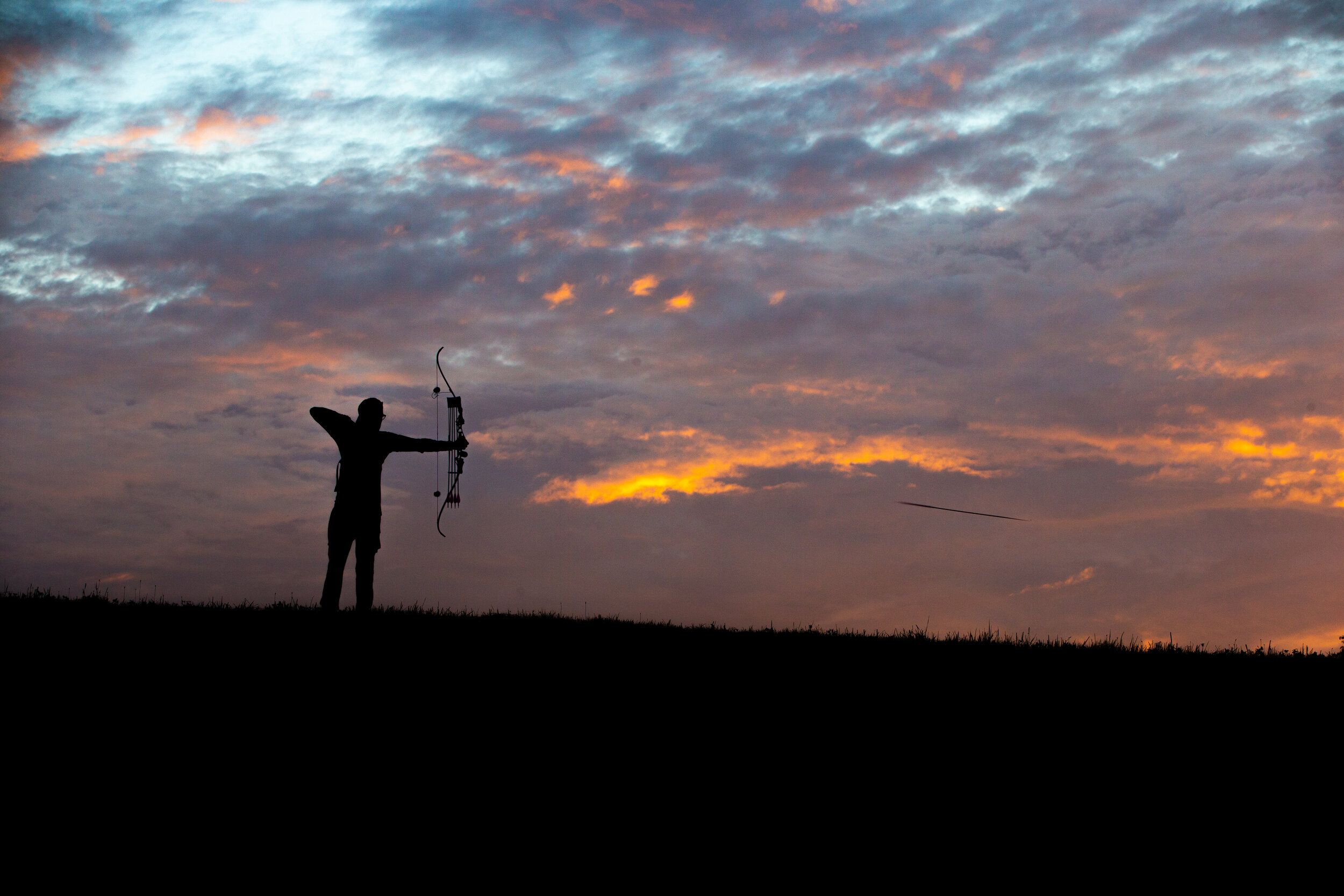 Hunting Tips
Hunting TipsWhitetail Deer: How to Find and Hunt on Public Land
A successful whitetail deer hunt on public land requires many things, but resilience and knowledge play the most crucial role. Whitetail scouting on public land requires a tactical and focused skill set acquired by maneuvering a variety of changing v...Read More
Read More Hunting Tips
Hunting TipsThe Year-Round Hunter in May: How to Hunt Turkey in the Spring
May is still the thick of spring turkey season for many hunters (but that's not all you should be doing this month). Still, you may be asking how to hunt turkey in the spring — and specifically in May — as the season draws to a close. Read More
Read More Hunting Tips
Hunting TipsHow to Use a Hunting Land App to Find Where to Hunt
Successful hunts are rarely the result of pure luck. More often than not, they are the payoff from hours spent preparing and planning long before opening day. Read More
Read More
1 of 3
